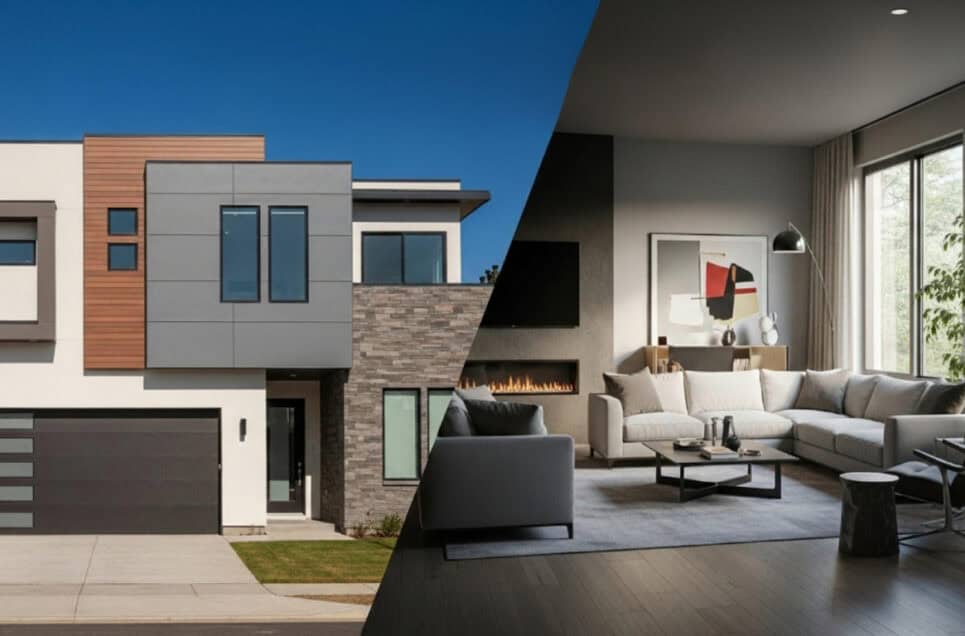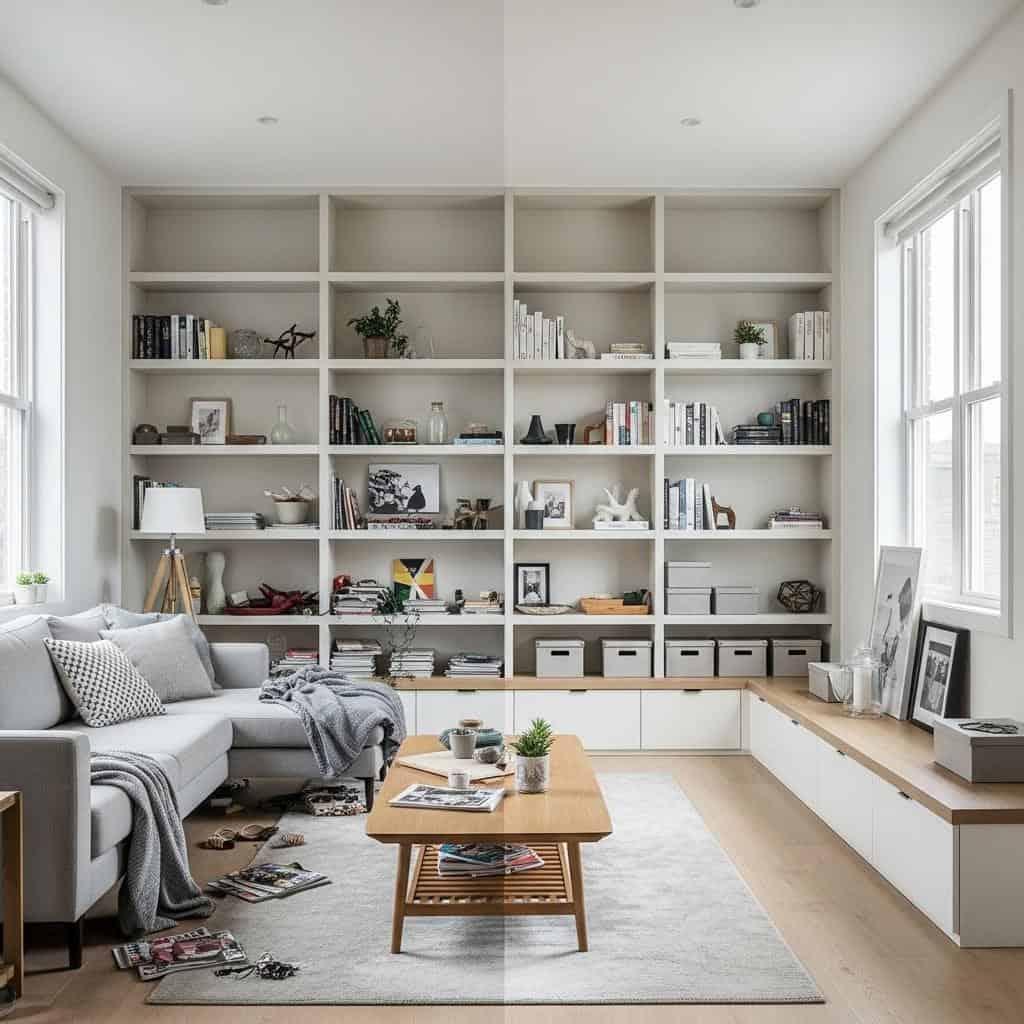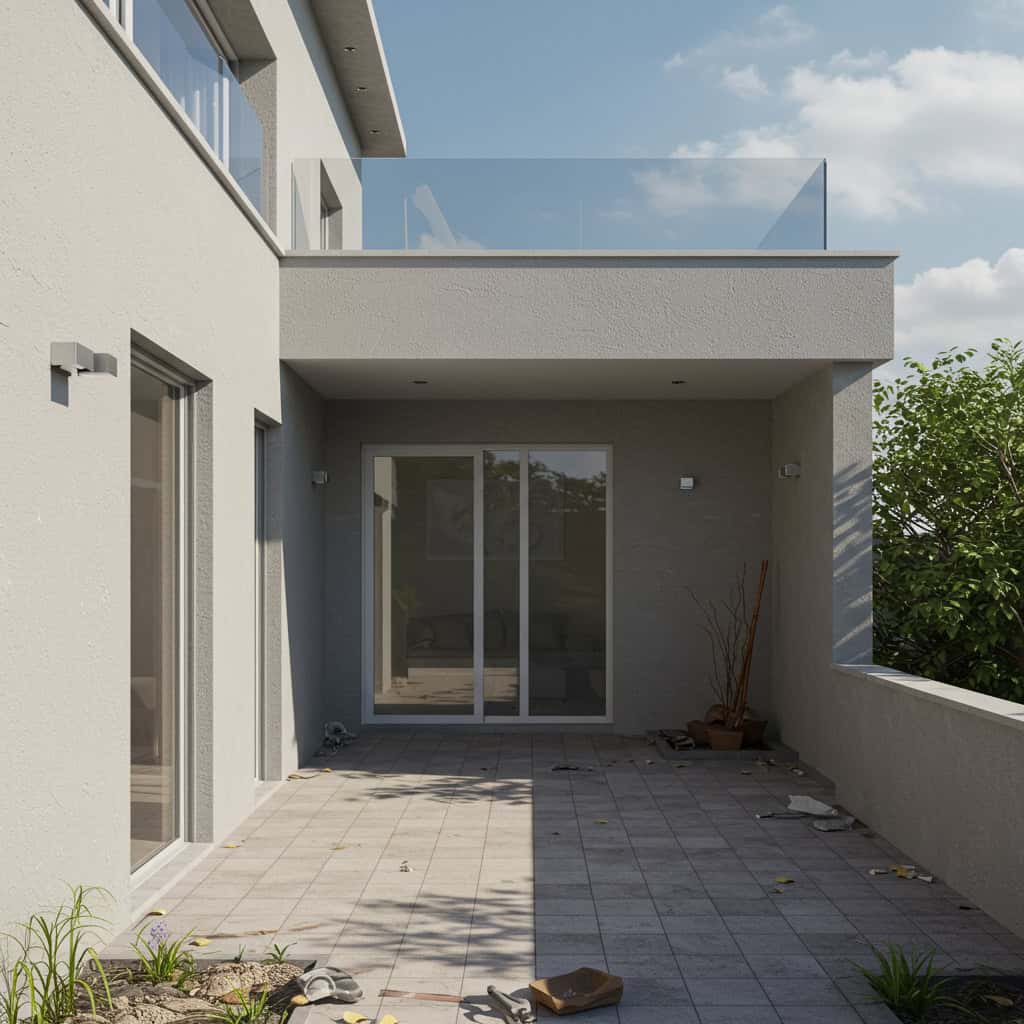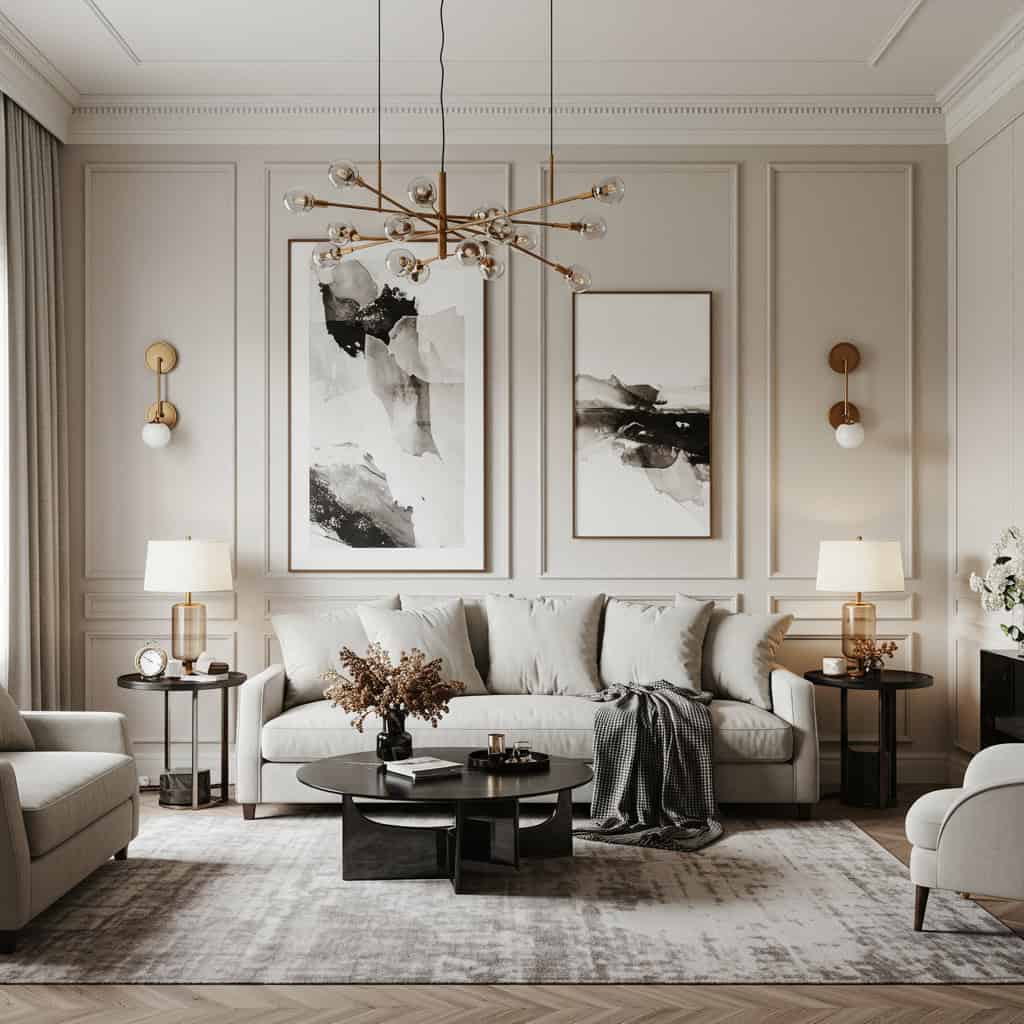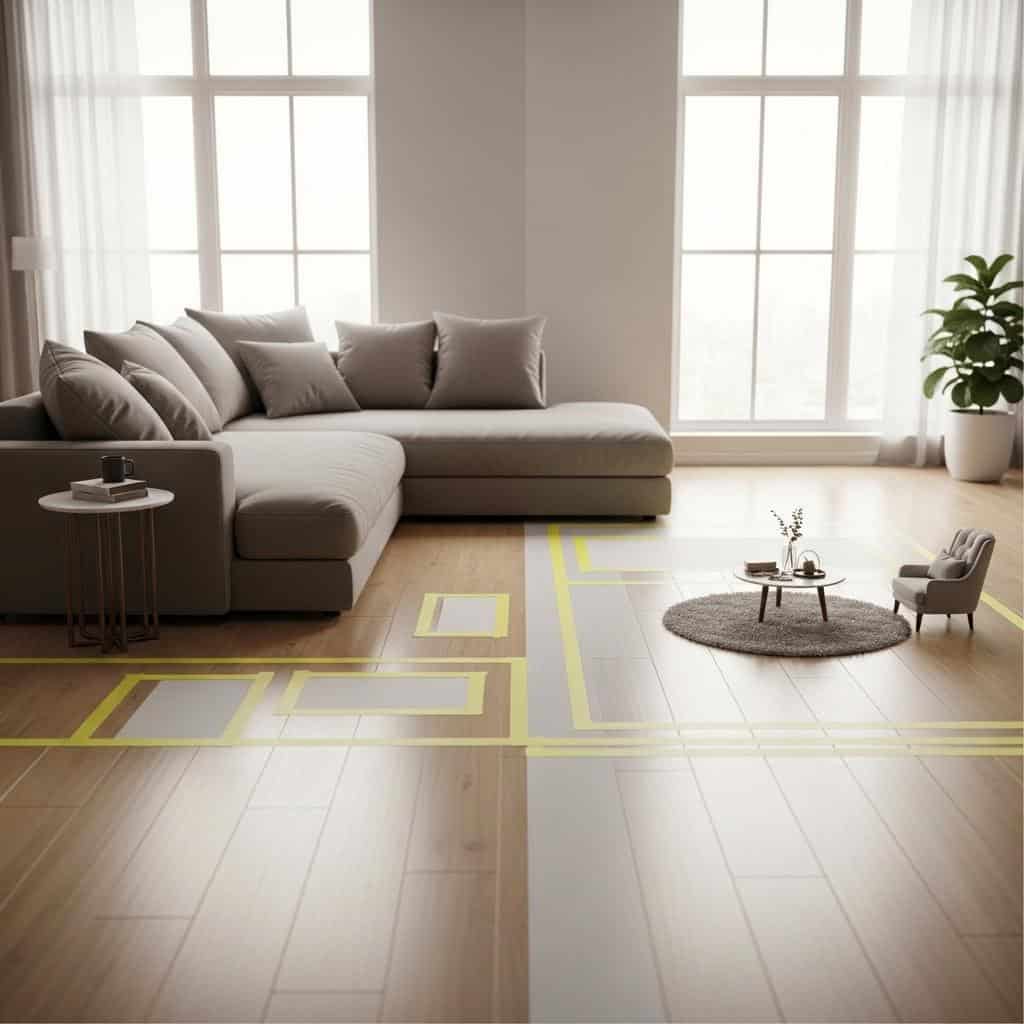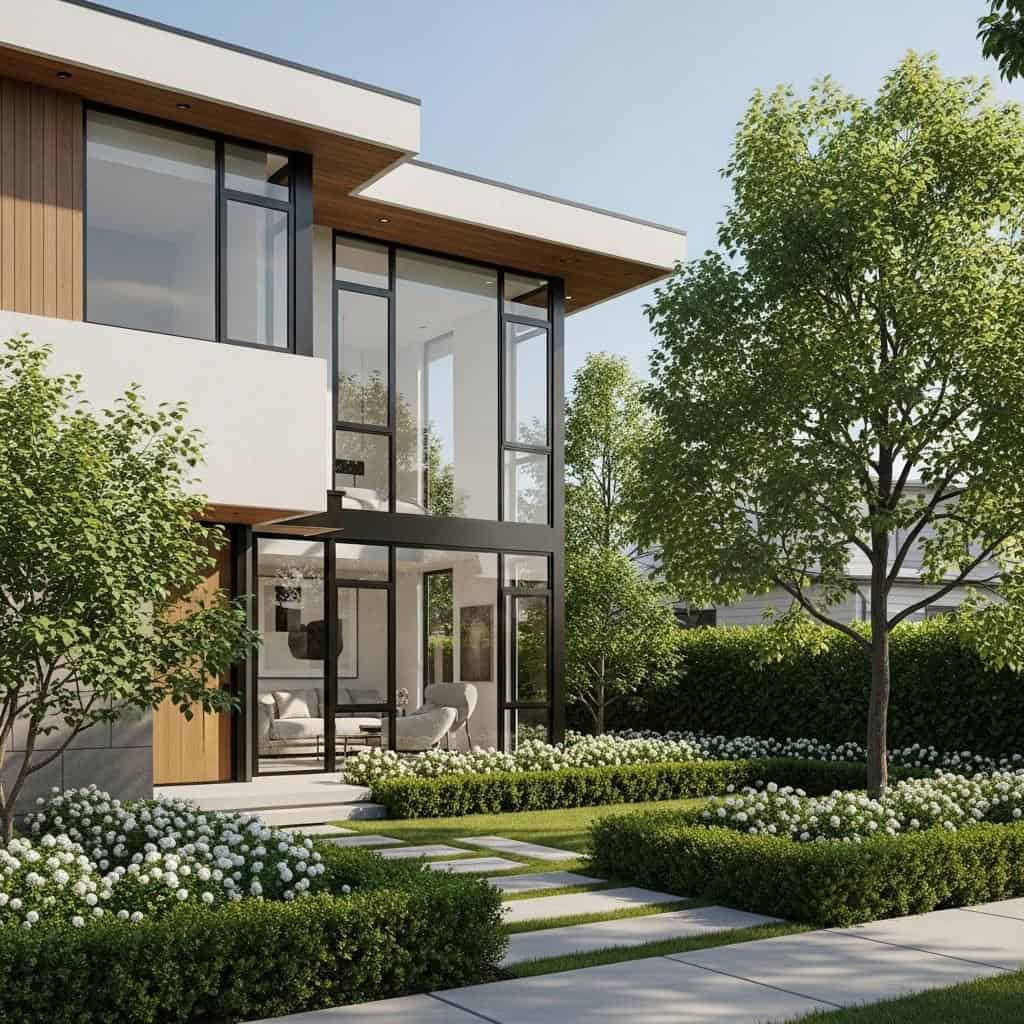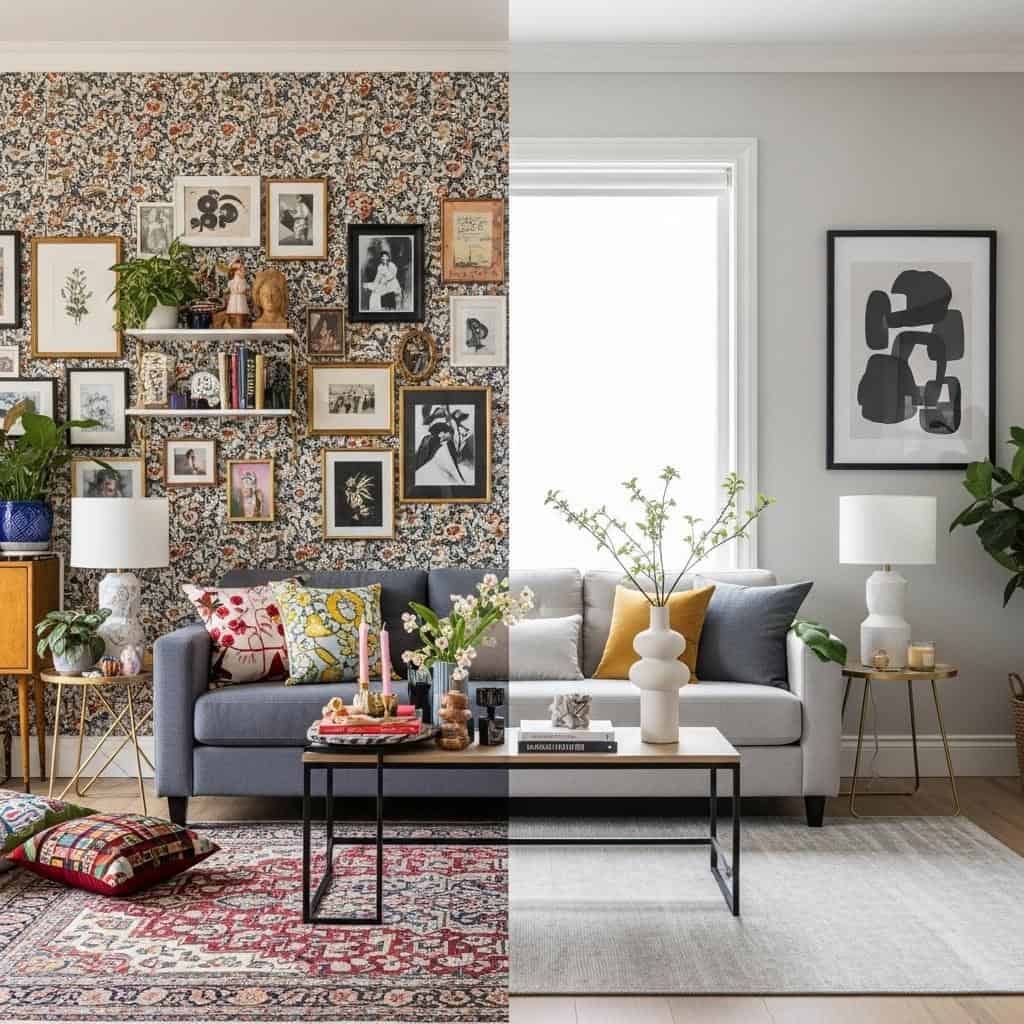Modern home design offers endless possibilities, but even the most well-meaning decisions can lead to disappointment or expensive changes if overlooked. Avoiding common pitfalls ensures your living space is not only beautiful and stylish, but also functional and enduring. Thoughtful planning helps sidestep regrets and maximizes both comfort and value. By learning from expert advice and real-world experiences, homeowners can create spaces that stand the test of time.

